The Wonders of Irbid: Natural and Heritage Beauty in Northern Jordan
Irbid, also known as "Arabella", is one of the most wonderful cities in Jordan, thanks to its ancient history and captivating natural beauty, and is often the main destination for all tourists, offering a unique mix of different experiences, from its busy streets and bustling markets to the picturesque landscapes surrounded by tranquility from everywhere.
Show key points
- Irbid, often called "Arabella," is a historically rich and naturally beautiful city in Jordan that attracts numerous tourists with its vibrant markets and serene landscapes.
- Located just 65 kilometers north of Amman, Irbid serves as a key cultural and economic hub in Jordan with a multicultural population.
- The city boasts a deep-rooted history spanning thousands of years and is home to important archaeological sites from the Bronze Age through the Islamic era.
- ADVERTISEMENT
- Irbid offers visitors iconic landmarks such as the Irbid Citadel and a Roman theater, drawing interest from archaeology and history enthusiasts.
- Surrounded by scenic mountain ranges and fertile plains, Irbid provides nature lovers with destinations like the Ajloun Mountains and Al-Ardah Reserve for hiking and wildlife exploration.
- Yarmouk University stands out as a premier educational and cultural institution, where even non-students can experience local art and academic events.
- Nearby attractions such as Ajloun Castle, Beit Ras, and um Qais enrich Irbid’s appeal with their Roman, Byzantine, and Islamic legacies and panoramic vistas.
Located in a coastal area about 65 kilometers north of the capital Amman, making it one of the prominent tourist destinations in the Hashemite Kingdom of Jordan, Irbid is also a vital economic and cultural center, and home to a diverse community with populations of different cultures and ethnicities.
The history of "Irbid" extends for thousands of years!
Recommend
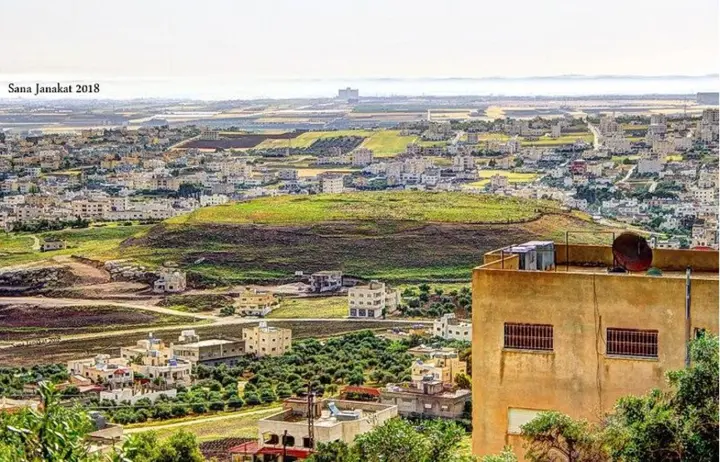
The history of Irbid spans thousands of years, as it was an important station in ancient times. The area is famous for its Bronze, Iron, Roman and Byzantine ruins, making it an interesting destination for history and antiquities lovers. Irbid is home to many important historical sites, including the Irbid Citadel, which dates back to Islamic times and offers magnificent views of the city, and a Roman theater dating back to the second century AD.
In addition to its rich history, Irbid is strategically located and natural beauty, as the city is surrounded by charming landscapes, interspersed with fertile plains, green fields and mountain ranges that add unique beauty to the region.
The Ajloun Mountains adjacent to Irbid are a great destination for nature lovers, where they can enjoy hiking and seeing beautiful waterfalls and stunning landscapes, and the city also contains the Husseiniya Library at Yarmouk University, which is considered one of the largest libraries in the Middle East.
10 treasures hidden in the jewel of Jordan "Irbid"... Find it out now!
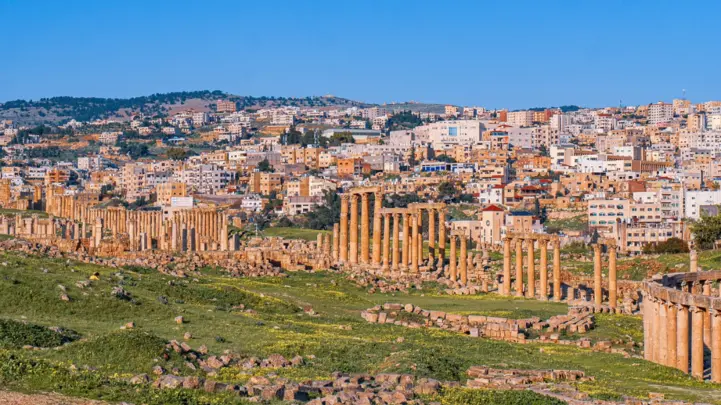
Discover the beauty of "Irbid" and its most important tourist attractions, with a journey that we will now take to learn the hidden secrets and treasures of the city, and we will start with the academic achievements of Yarmouk University to the historical wonders of Ajloun Castle and um Qais to see the city's intertwining with the fabric of culture and heritage, and the prosperity of nature in the Al-Ardah Reserve and the wonderful wildlife, where peace and tranquility fill the place.
1- Yarmouk University
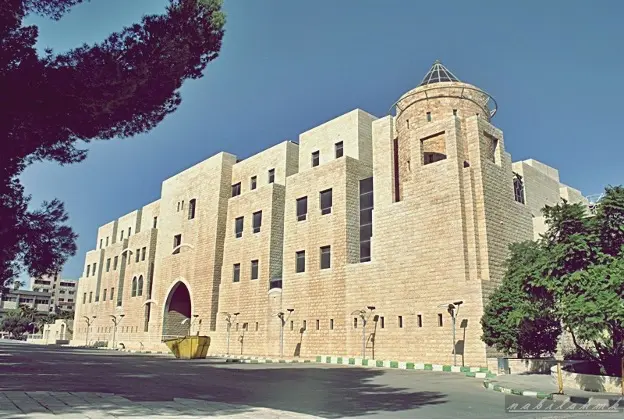
Yarmouk University is considered one of the best universities in Jordan and the Arab world, and is characterized by its long history of providing education and scientific research at a high level of quality. And what you don't know about Yarmouk University is that it's not just for students!
Rather, its campus is a vital center of activity and culture, and everyone can visit the various art exhibitions held on campus, attend the exciting lectures offered by the university, or simply enjoy the vibrant youthful energy that pervades the place, without any problem.
2- Ajloun Castle
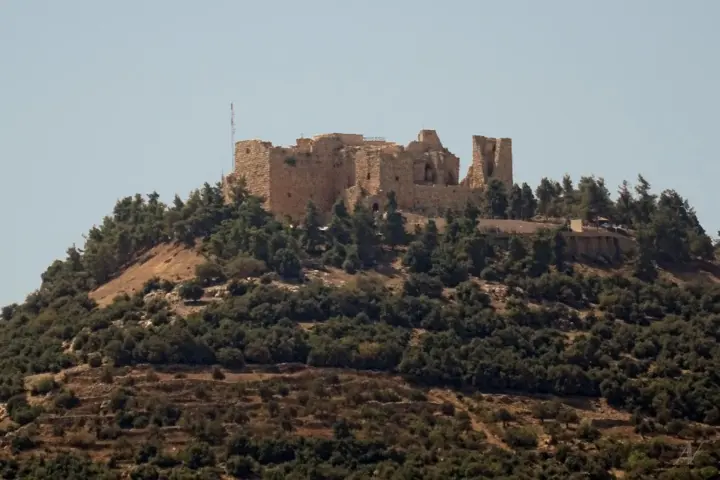
A short drive from Irbid, Ajloun Castle is a historic Islamic citadel that stands proudly on top of one of the Bani Awf mountains.
The castle was built in 580 AH / 1184 AD by one of Saladin's generals and played a prominent role in defending against the Crusaders during the Middle Ages, and the castle has been characterized throughout the ages by the picturesque views that overlook the surrounding area, and its great historical importance, which makes it a wonderful tourist destination, visited by tourists from all over the world to learn about its history and beauty.
An important historical aspect of this castle is that it was a fulcrum and protection for pilgrims between the Hijaz and the Levant, and the castle also controlled the area between the Sea of Galilee and the Dead Sea and controlled the Jordan Valley, all these features made it an important strategic location in the region - and if you look closely from the top of the castle you can see the beauty of the mountains of our beloved Jerusalem.
3- Beit Ras
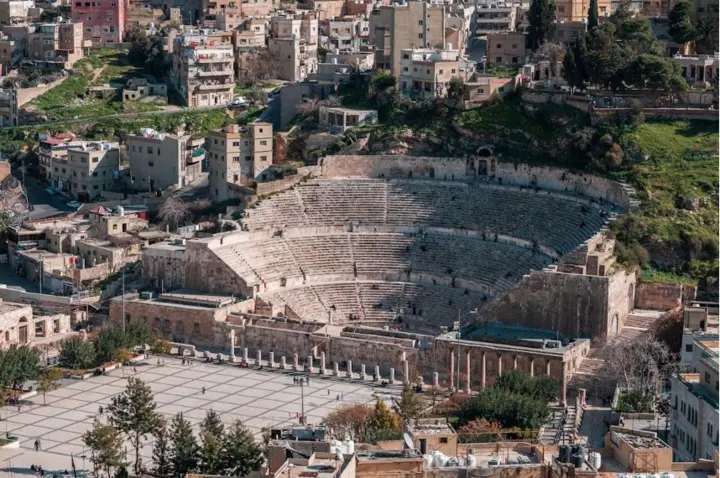
Located 90 km from Amman in the northern part of Irbid, Beit Ras is an archaeological site that fascinates visitors with its rich history, famous for being part of the ancient Roman city of Capitolias, which is part of the Decapolis Alliance - Association of the Ten Roman Cities. Beit Ras retains its monuments well, including the city's separation walls, temples and amphitheatre.
The house of Ras al-Capitolias flourished during the Roman era, and had strong relations with Damascus, "the capital of the Umayyads in the early Islamic era", and some poets mentioned it in their poems, not Hassan bin Thabit, after it turned from a Christian city to a city under the banner of Islamic rule.
This transformation has had a significant cultural impact on the region, comparing underground funerary catacombs that were Roman burial customs, and colorful murals adorning the walls, with the Islamic shift in culture and urbanism, creating a wonderful mix of diverse heritage. If you are visiting Irbid, don't forget to take a trip in time to Beit Ras Governorate!
4- um Qais
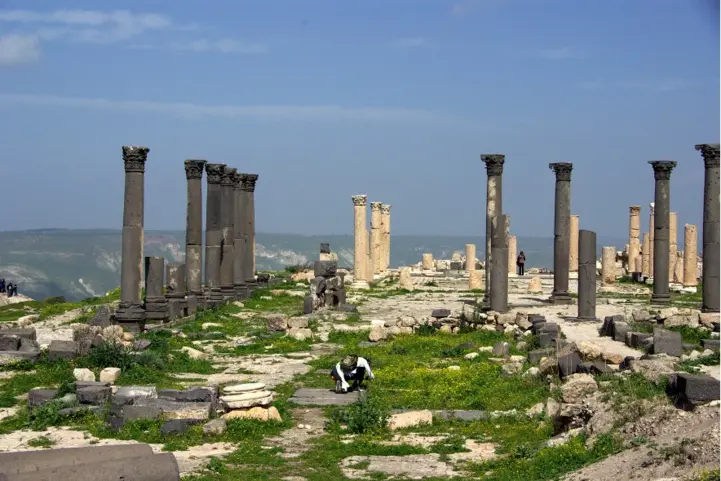
Historically known as Jadara, um Qais is a magnificent archaeological site located in northern Irbid. The city was part of the Decapolis Alliance, an association of ten Roman cities, whose ruins offer a stunning window into the civilizations that flourished there in the past.
Visitors can explore traces of Roman, Byzantine and Ottoman architecture, including ancient theaters, basilicas, and the Street of Columns, and the museum on site contains a collection of artifacts discovered during excavations, enriching um Qais's historical narrative.
In addition to its historical significance, um Qais offers magnificent panoramic views of the Sea of Galilee and the Golan Mountains, making it one of the favorite destinations for photography enthusiasts.
5- Dar Al-Seria Museum
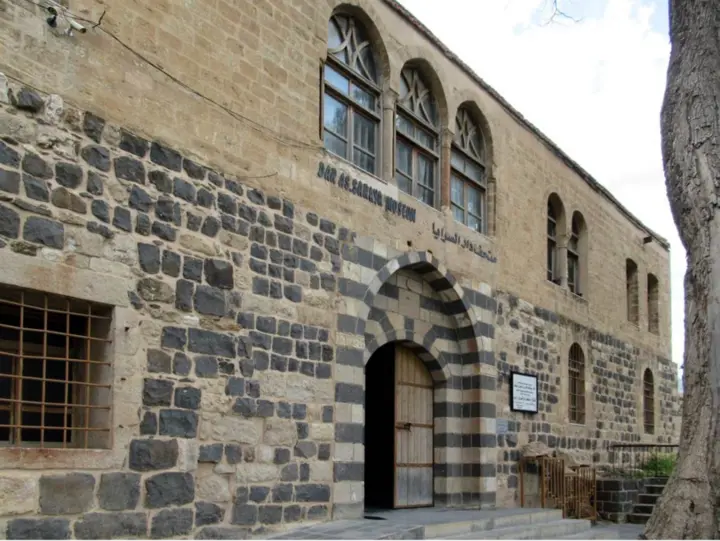
Dar al-Saraya is a Jordanian archaeological museum dating back to the Ottoman era in the Levant, specifically in the mid-nineteenth century, where it was established as a castle on the southern end of Irbid Hill. The museum consists of seven halls, six of which form part of the original Ottoman building consisting of a set of rooms surrounding an open courtyard.
The exhibits were distributed over three large halls according to the chronology of the cultural stages of the internationally approved Jordanian antiquities. The museum is part of a multifunctional building that has been used over the years for many purposes, including as a royal palace and prison.
The museum features a beautifully renovated building dating back to the Ottoman era, showcasing the intricate architecture and giving a glimpse into the lavish lifestyle of the ruling elite.
The museum's exhibits include ornate furniture and traditional costumes as well as exquisite artwork and historical documents, immersing visitors in the grandeur of the Ottoman era. It provides visitors with a unique opportunity to appreciate the historical heritage of the region and gain a deeper understanding of its cultural heritage.
These were the most important wonders of the beautiful city of Irbid with its ancient heritage, and its diverse culture between the Roman, Byzantine, Umayyad and Ottoman eras, and this is to name a few, Irbid is much more beautiful than that.








